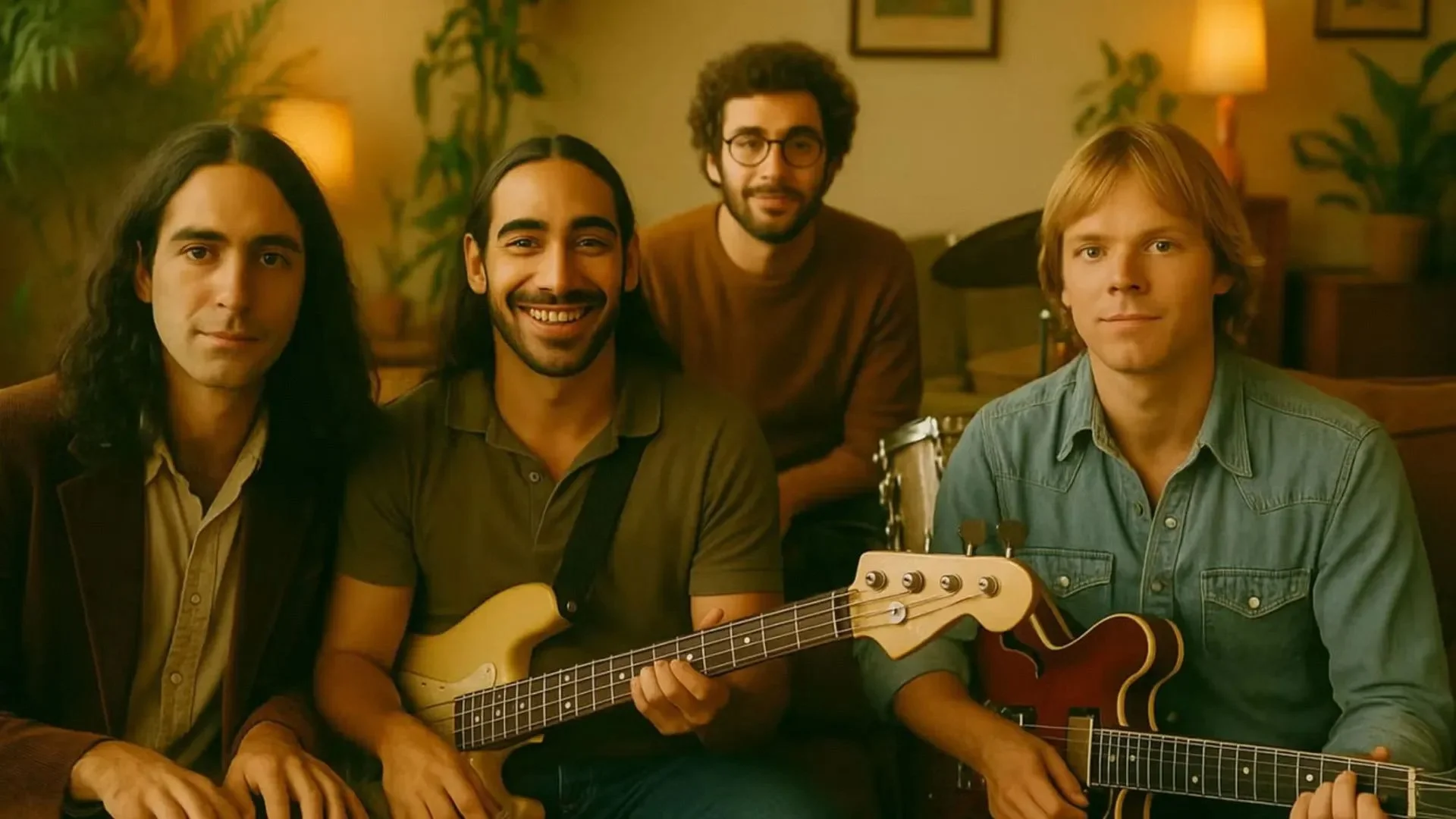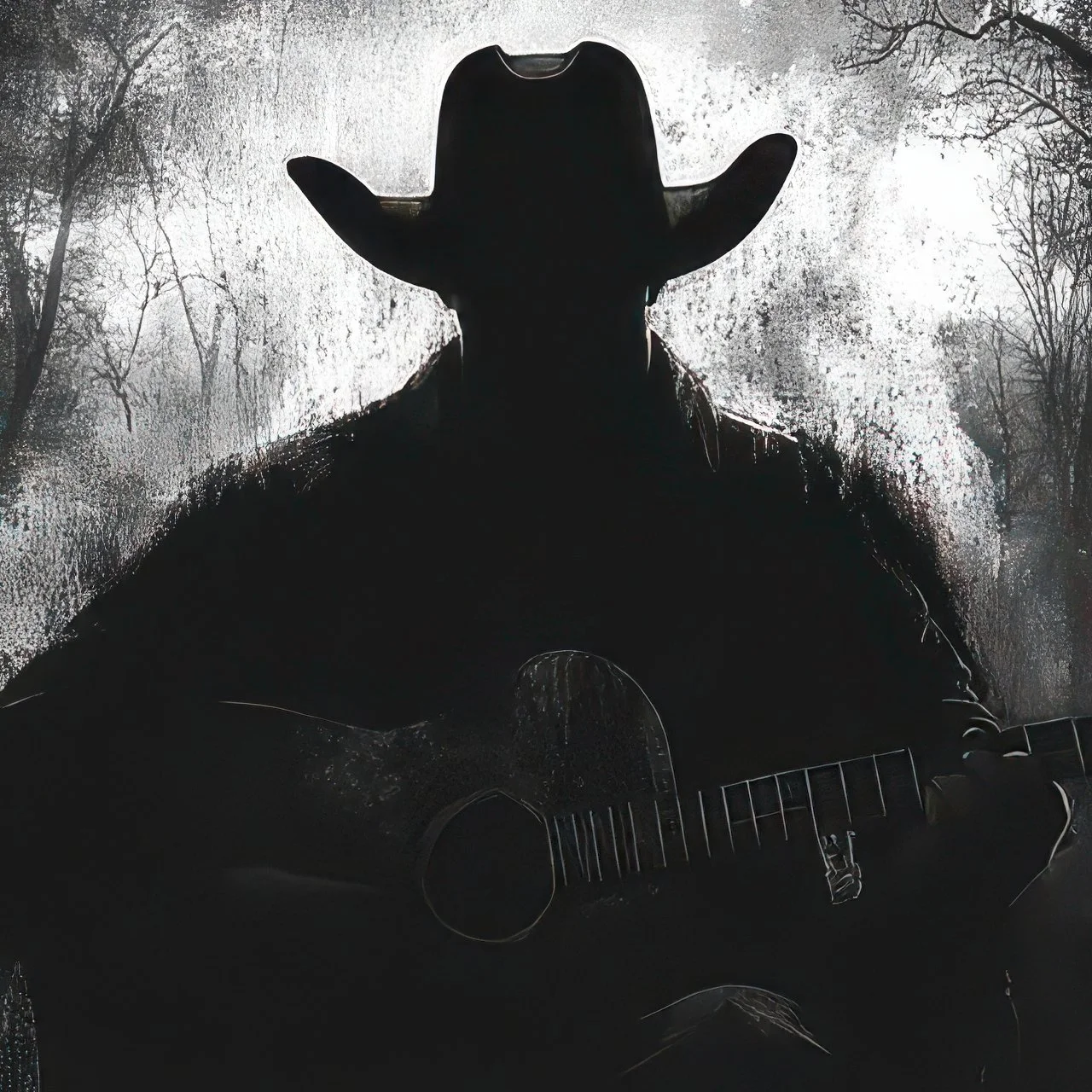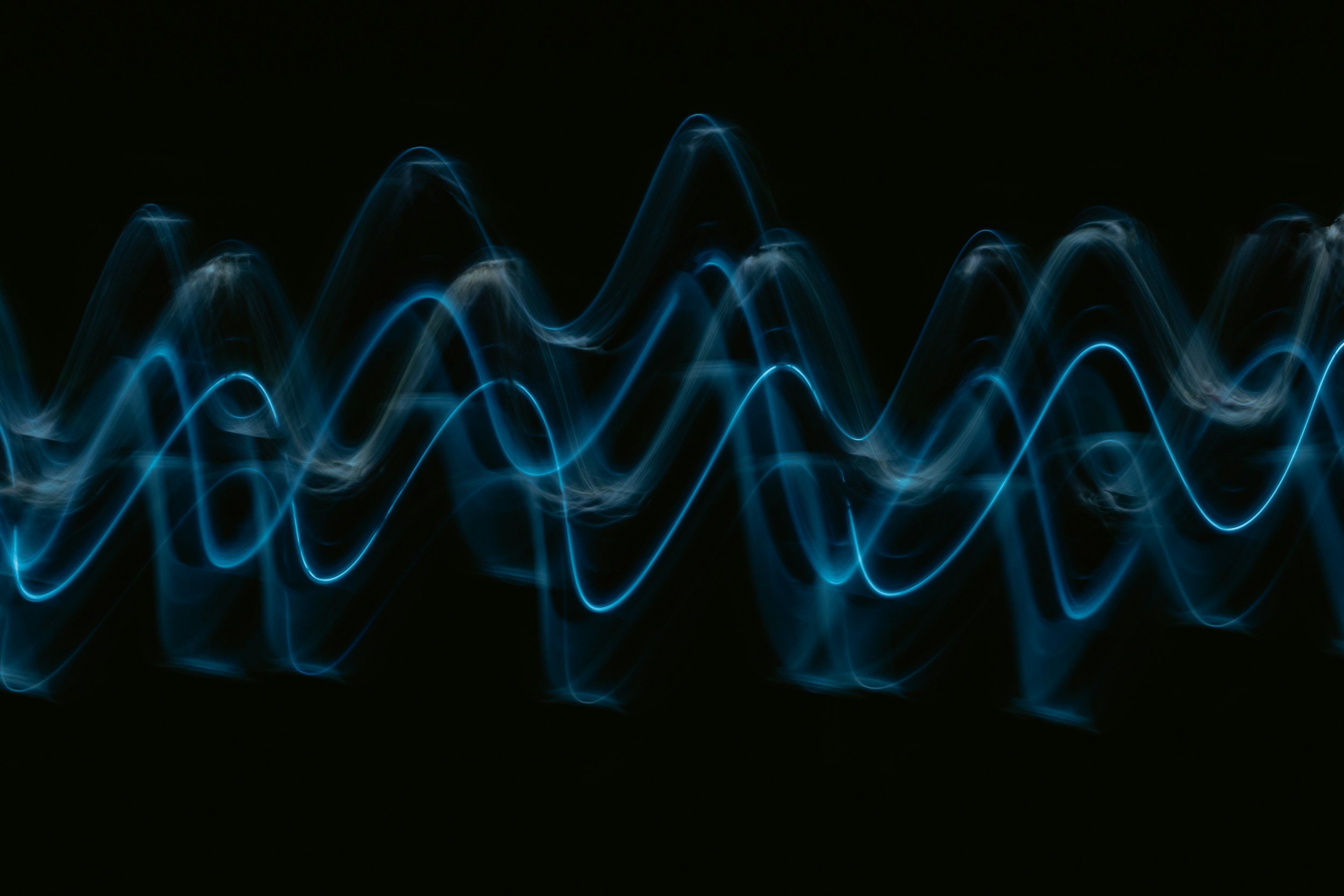AI Restores John Lennon's Voice After 43 Years
Image Source: The Beatles, Now and Then | Youtube
At the 2025 Grammy Awards, The Beatles won Best Rock Performance for their song Now and Then, a track that originated from a John Lennon demo recorded decades ago. While it may seem strange for a band that dominated the 1960s to win a Grammy in 2025, modern AI-powered technology played a crucial role in bringing this song to life.
Despite the controversy surrounding AI’s involvement in music, Now and Then is not an example of AI-generated music, but rather AI-assisted music production. This distinction is crucial in understanding how AI is transforming the music industry, and whether its use should be celebrated or critiqued.
[Read More: Nvidia Fugatto: AI Tool Creating Unheard Sounds and Redefining Music Production]
The Role of AI: Restoration, Not Generation
AI is often associated with synthetic content creation, but in this case, the technology was used as a restorative tool rather than a creative replacement.
The original Now and Then demo was recorded by John Lennon before his death in 1980 and revisited in the 1990s by Paul McCartney, Ringo Starr, and George Harrison. However, the poor audio quality prevented them from finishing the track at the time. The issue lay in the inability to properly separate Lennon’s vocals from the background piano, making it impossible to mix and produce a high-quality track.
Thanks to modern machine learning algorithms, music producers were able to isolate Lennon’s vocals with remarkable clarity, allowing McCartney and Starr to complete the song in a way that respects its original authenticity.
This AI-powered technology, similar to tools used in audio restoration, did not fabricate Lennon’s voice—instead, it enabled sound engineers to refine the existing vocals and enhance their quality.
[Read More: Randy Travis Reimagined: AI Breathes New Life into Country Legend’s Voice]
AI’s Growing Influence in Music Production
While AI has become synonymous with content automation, its application in Now and Then demonstrates how it can be a powerful tool for preserving and enhancing historical recordings. AI-powered audio separation technology, a subset of machine learning, analyzes sound waves and identifies different elements of a track—such as vocals, instruments, and noise—allowing engineers to manipulate them separately.
This breakthrough has implications far beyond Now and Then. Similar AI-driven tools have been used in remastering classic albums, restoring historically significant but degraded recordings, and even enhancing forensic audio evidence.
However, the use of AI in music production raises ethical questions:
Should AI be used to recreate the voices of deceased artists?
Does AI-assisted production reduce the human artistic touch?
Where should the industry draw the line between restoration and creation?
In this case, The Beatles opted for AI as a means of preserving authenticity, not replacing it. But as AI-generated music tools advance, the line between authenticity and artificiality may become increasingly blurred.
AI in Music vs. AI-Generated Music
There is a clear difference between AI-assisted music production and AI-generated music, but public perception often conflates the two.
AI-assisted music production, like in Now and Then, enhances existing recordings rather than creating something entirely artificial. It allows artists and engineers to refine and complete unfinished works without altering their fundamental essence.
AI-generated music, on the other hand, involves algorithms creating entirely new songs without direct human composition. Some AI systems can generate instrumentals, vocals, and even lyrics in the style of famous artists, raising concerns about originality, intellectual property, and artistic integrity.
The ethical line becomes more contentious when AI is used to resurrect deceased artists. Some fans and industry professionals argue that using AI to recreate voices or likenesses posthumously can feel exploitative, even when done with permission from estates or families. The Beatles’ approach, however, seemed to remain within ethical boundaries, as the AI only enhanced existing material without generating new performances.
[Read More: UMG & KLAY Vision: Transforming AI Music with an Ethical, Artist-Friendly Model]
AI in The Music Video
While the song itself carefully navigated the AI debate, its music video pushed the boundaries further. Directed by Peter Jackson, the video seamlessly blended archival footage of John Lennon and George Harrison alongside modern footage of McCartney and Starr.
Although this technique has been widely accepted in documentary filmmaking, it sparks ethical debates when used in artistic projects. The use of AI in visual media raises concerns about the potential for deepfake-like manipulation, where artificial enhancements might mislead audiences into believing fabricated interactions are real.
However, in this case, the music video does not attempt to deceive viewers into believing it is a real-time performance. Rather, it serves as a tribute, celebrating The Beatles' legacy while allowing fans to experience a visually cohesive representation of the song’s completion.
[Read More: Suno’s V4 AI Music Model Sets New Standards Amid Copyright Lawsuit and Industry Debate]
Source: Life Hacker












